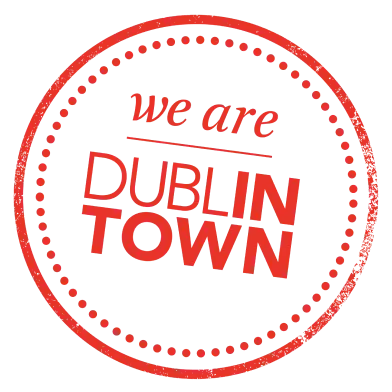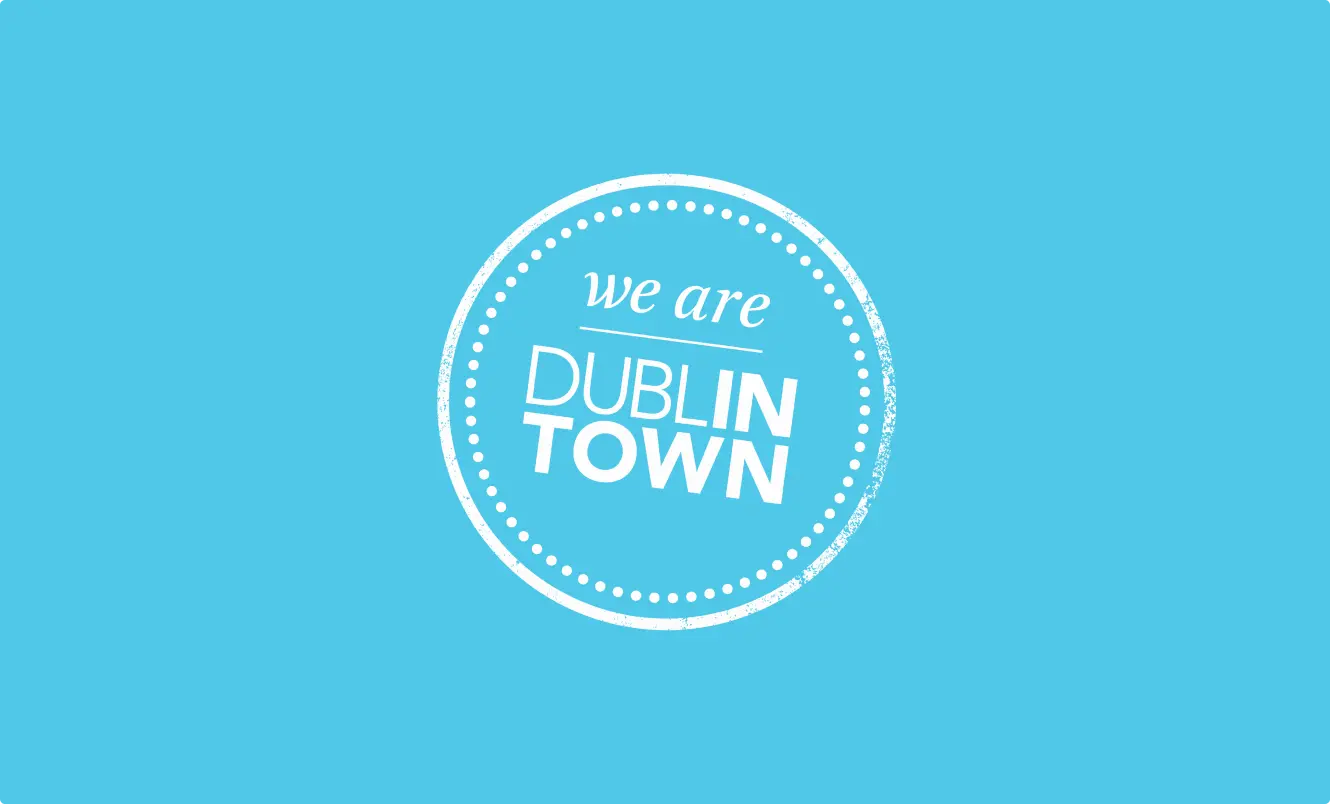Letter from DublinTown to the Department of An Taoiseach following the Papal Visit

- Tue 28 August, 2018
DublinTown has forwarded the note below to the Department of An Taoiseach with regards the organisation and communication around the Papal visit to Dublin last weekend. This letter reflects the over all feedback we have received from our members:
Dublin Town operates on behalf of its 2,500 members in Dublin City Centre.
Dublin City, as the capital city regularly hosts a variety of events of both large and small scale. Operating in an environment such as this brings benefits and challenges for the city’s business community, who collectively employ approximately 60,000 people and contribute in the region of €1bn annually to the exchequer.
Given the large number of events held here, Dublin city has the experience and knowledge to manage such events while still catering for the 300,000 people who, on a daily basis, can be expected to visit the city to work, shop, socialise and be entertained. This experience does not appear to have been brought to bear in the planning, execution and communication of the Pope’s visit and the related activities.
As it transpired footfall, as measured independently by footfall cameras, in the city over the course of the weekend was down by 19.2% on the same weekend in 2017. Businesses are reporting average reductions in trade in the region of 30%, resulting in lost sales of between €5m and €6m over the course of the weekend. This must be seen in the context of general challenges for retailers as they face increased competition from on-line internationally based traders. It must also be noted that the last weekend before children return to school is traditionally a busy retail weekend.
Dublin Town promotes an inclusive Dublin. We, like other city stakeholders, want to create an environment where all feel welcome and where our diversity as a city and a nation is celebrated and enjoyed. On the visit of the Pope, Dublin Town and our members wished to do all within our power to ensure that the event was facilitated and that people, from Ireland and abroad who wish to see the Pope and attend the related events were made to feel welcome and supported on their pilgrimage. Having reviewed foreign media coverage it is clear that the city looked well and that a positive image of Dublin was portrayed.
However, we believe that we should also express the concerns of the business community. In general we consider that the planning and communication of the Pope’s visit fell short of the standards that we have come to expect. Dublin Town and our members were provided with late, inadequate and all too often conflicting information regarding plans for the events and in particular plans to maintain access to the city. Given the confusion that reigned we believe that the public formed a sceptical view of assurances that the city would remain open.
Two examples will illustrate the point. Dublin Town attended a formal briefing on 26th July to hear that disruption on Saturday 25th would be primarily by way of rolling road closures that would coincide with the Pope’s travel through the city. However, we found out at an unrelated meeting on 27th July that severe restrictions were about to be advertised for that day. We found this unacceptable. Secondly, on 22nd August a sign was erected on Henry Street saying that the street would be closed on Saturday 25th August. While the sign was promptly removed after Dublin Town brought it to the attention of the Gardaí, this was not before extreme confusion was caused. Henry Street is a pedestrian street. Customers believed that the they would not be able to access the street on foot on 25th August. In addition some businesses and their staff believed that their stores would be out of bounds on the day. Based on other unrelated information circulated, large numbers of staff believed that they would require ID to attend work over the relevant weekend.
We could quote several other examples where planning and communication did not meet the standards expected.
Local Gardaí sought to work with us to minimise the more negative impacts of the restrictions. This resulted in some welcome modifications of the overall plans. It also allowed us to develop concise advertisements alerting the public as to how they could access the city. These advertisement attempted to counteract the confusion caused by official messaging which focused on what was prohibited rather than allowed. We understand that some of the information, circulated to businesses and householders in an official publication, may have been incorrect and the result of a transcription error.
We believe that many of the difficulties experienced were avoidable. In our view the closures were excessive, particularly on Sunday 26th August. We understand that 130,000 attended the Papal mass in the Phoenix Park which is 6km from the city. However, the city centre was made inaccessible for most private cars and there were closures to the Red Luas line which prevented passengers gaining direct access to the city. On Sunday 19th August 83,000 were accommodated in Croke Park with absolutely no negative impacts on Dublin City Centre.
In 2016, Dublin Town representing the city’s business community engaged with organisers of the 1916 celebrations in advance of the events. This allowed us to communicate important considerations on behalf of member businesses. It allowed us to communicate on a one to one basis with those businesses, who in turn were able to communicate with their own customer base. Issues were addressed on a street by street basis and solutions found to potential difficulties. We believe that this worked to everyone’s advantage. This process was not repeated in 2018 when plans were first presented late in the day, were not fully thought through and were still subject to change. We believe that this added to the communication difficulties encountered. It is essential that when major events are planned for the city that the business community are engaged and consulted appropriately. The business community can assist in developing workable plans and can also assist in clear, concise and positive messaging.
Dublin Town and our members have good working engagement with the city’s authorities, built up over many years. These relationships allow us to successfully manage 450,000 people in the core city centre each St. Patrick’s day and also facilitate similar numbers who visit the city on the run up to Christmas. We will continue to maintain and develop these relationships. We believe that the event organisers for the Papal visit can learn from the experiences of the past weekend. We believe that this can best be done where we work in partnership and where relevant experiences are brought to bear. We trust that future events in the city are better planned, executed and communicated.
Yours sincerely,
Richard Guiney
Chief Executive Officer
DublinTown
43-45 Middle Abbey Street
Dublin 1, D01 X8R2
Ph: 01-6334680


